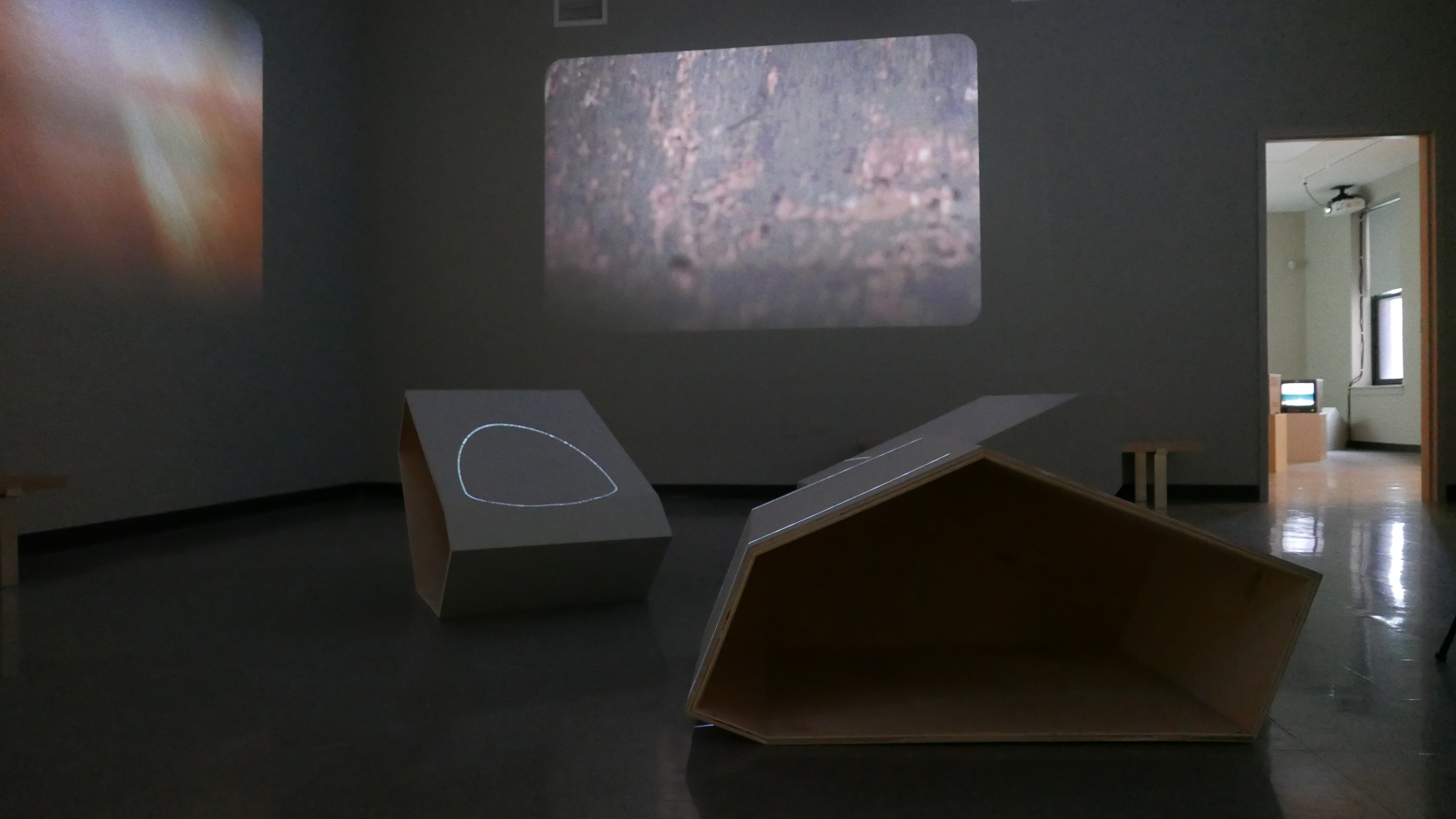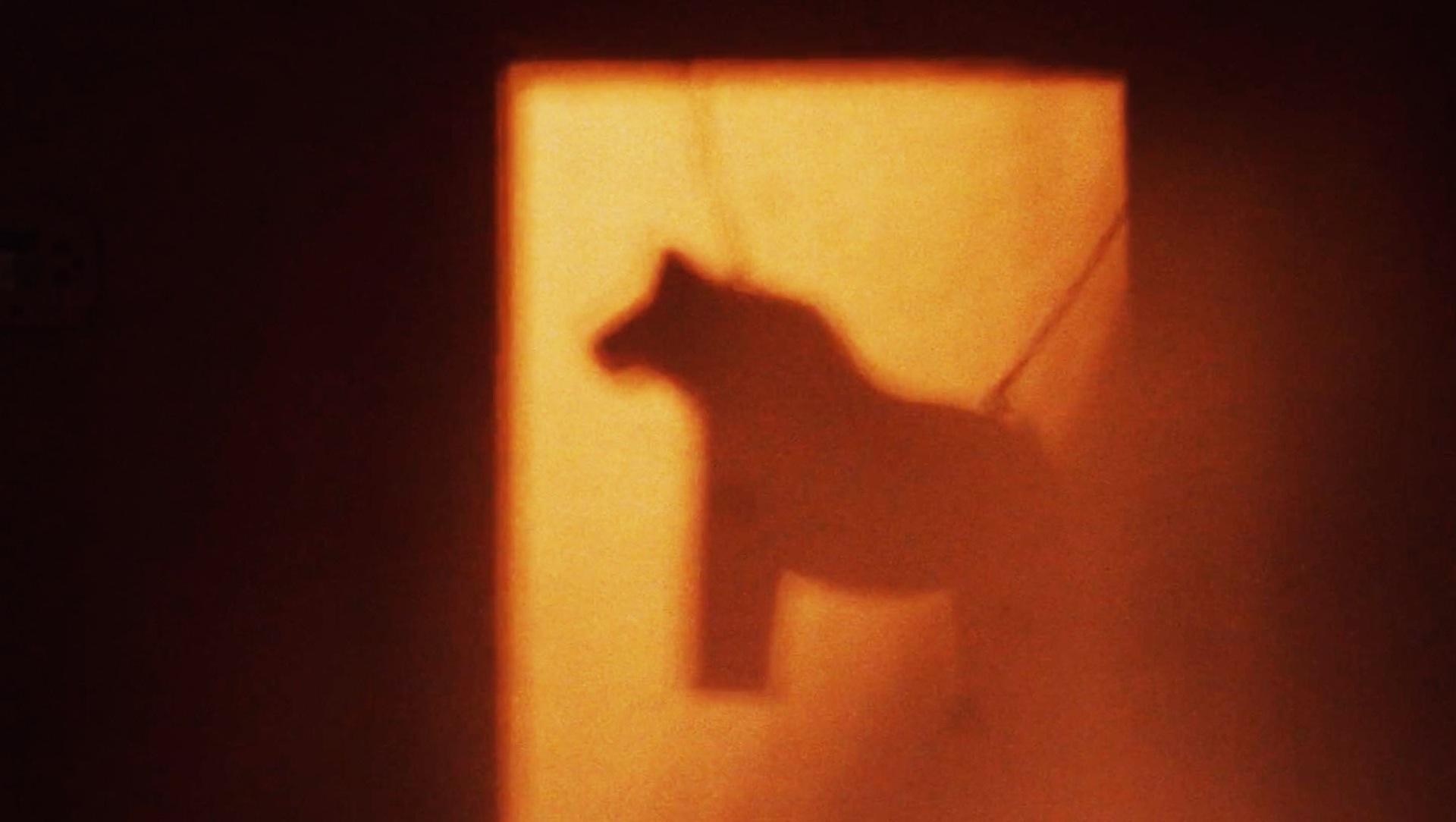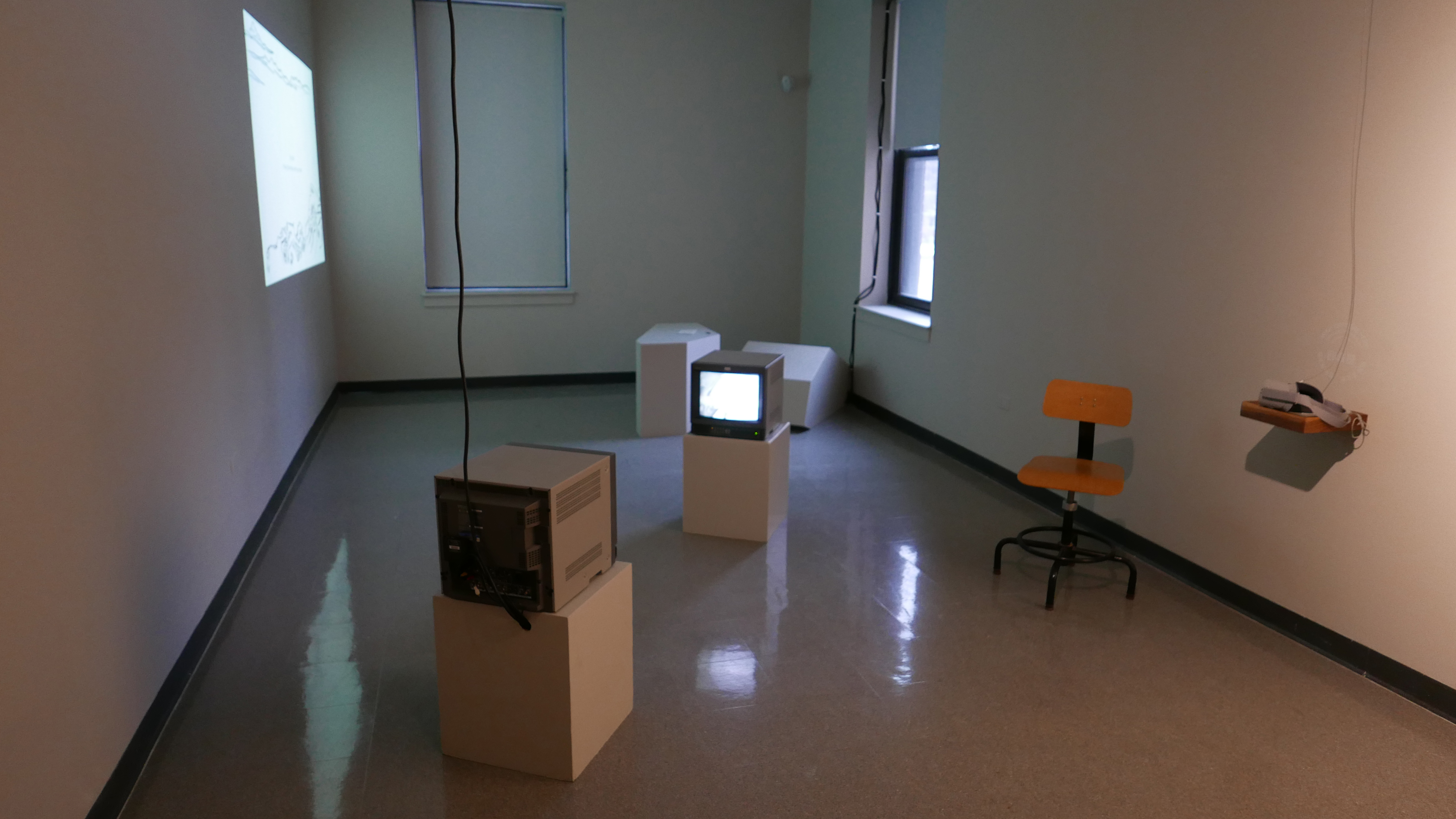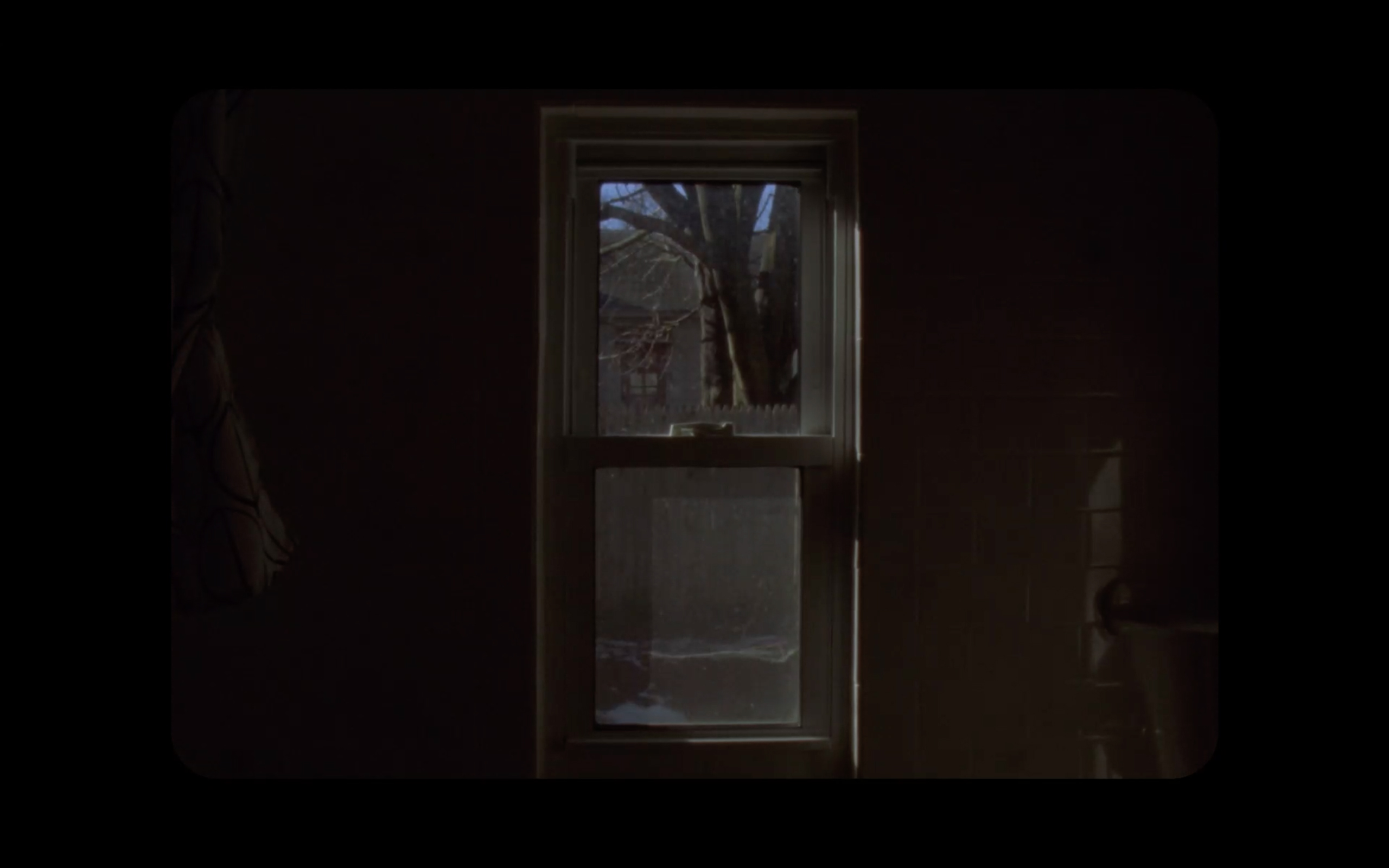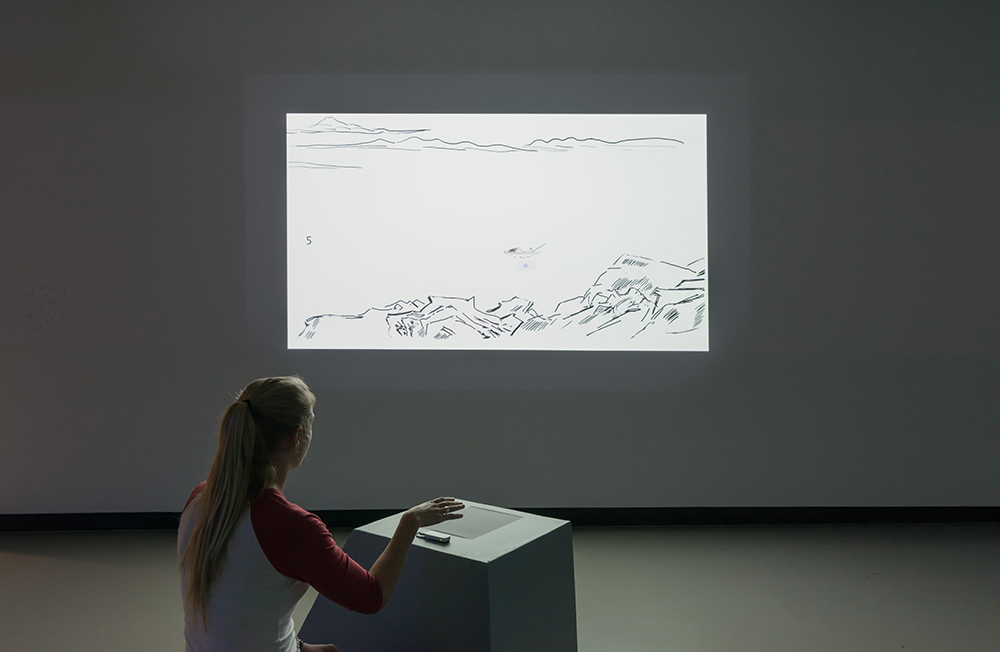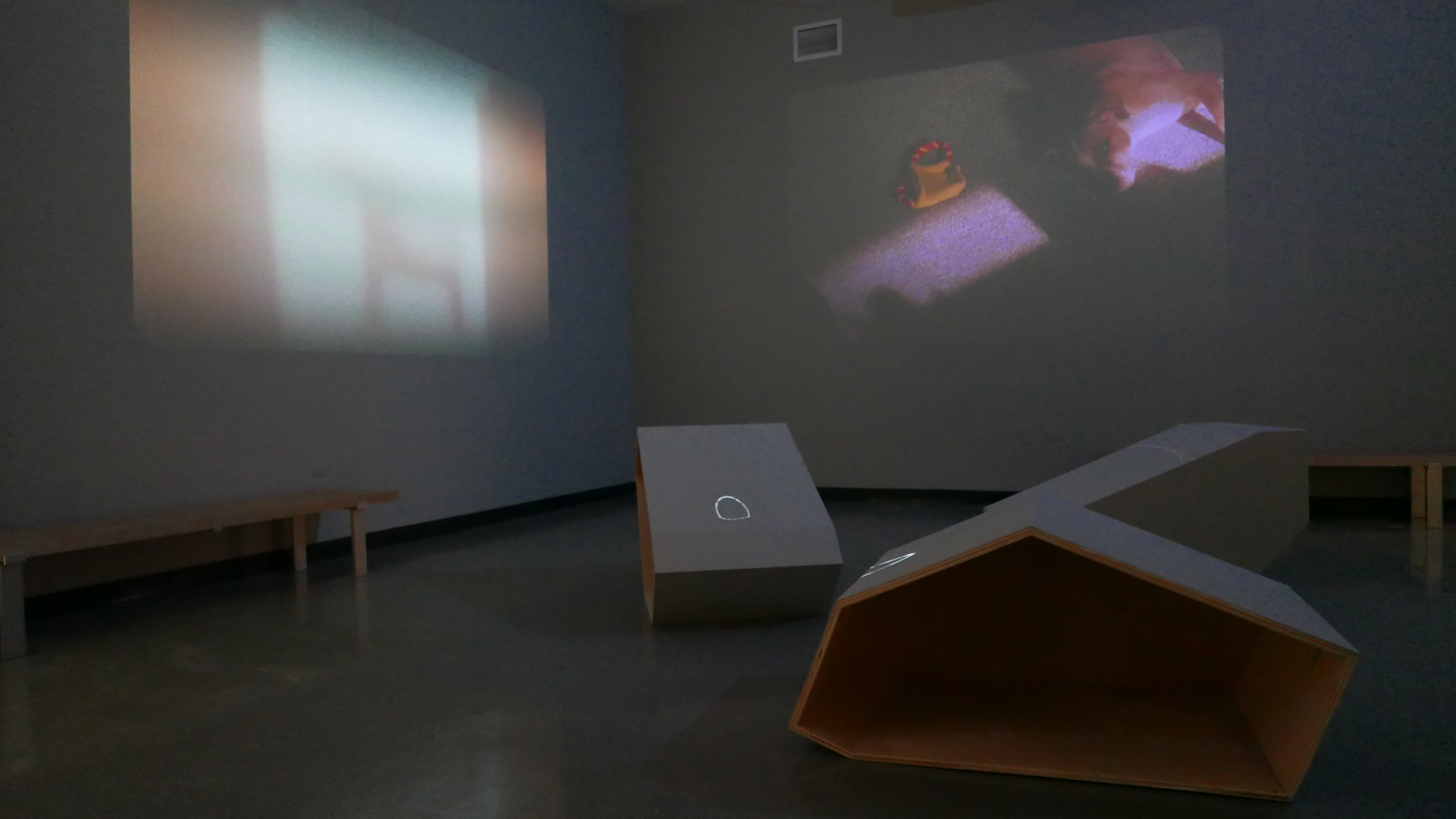Description
Solo Exhibition
Walford Art Gallery
Wheaton College
Exhibition Time Within Catalog
2019
Forward
Time Within
by LU Yangqiao (2019)
Wenhua Shi’s intrepid image-making has taken him from the terrain of analog poetics to the frontier of virtual reality, engaging with a wide array of mechanisms and aesthetic possibilities. True to form, the five projects in exhibition Time Within take on five different media: 16mm film, video, VR, video game, and realtime computer generative video installation. One unifying characteristic of the five pieces is a surprising union of Zen mind and frolic gesture. This manifests as an engagement with the mundane and the minimal that goes beyond a respite from the sensory assault of modern media culture to search for unexpected epiphanies and discoveries of hidden delights.
All shot on 16mm film, Sense(s) of Time (2018) is Shi’s love song to the basic cinematic material: light, grain, texture, rhythm, and flickering of the screen. This four-channel projection displays images that are ostensibly simple: wooden panels, windows covered with rain drops and fog, a soccer ball wearing snow, a toy appearing and disappearing on the floor as the lighting changes throughout a day... Shi’s intense attention to the texture of daily object evokes the contemplative eye and meticulous composition of avant-garde masters such as Nathaniel Dorsky and Peter Hutton. Everything is touched by a transcendental filmic light that transforms the extreme banality to sublimity while accelerated speed releases the invisible energy of earthly elements. The visual artist in Shi calmly follows the immanent sensuality of minimal imagery, and the sound artist in him avidly orchestrates the music of lyrical landscape.
Shi’s landscape takes on a more abstract life in Water Walk (2016 - 2018) where two GoPro cameras are strapped onto two paddles as a local boatwoman rows from one side of the East Lake (Wuhan, China) to another. Although the boatwoman is operating the paddles, the result is similar to a mechanized vision. Clouds and the sun are devoured by bubbles and green tinted water again and again as the cameras move in and out of the water. Footage is played on two facing monitors, synced so that the two paddling actions alternate. In order to enter the work, viewers must surrender their expectations of mimetic vision and viewing engagement to the agency of moving image to engage senses.
Growing up near Yangtze River, Shi has a profound taste for water. The shapeless and colorless material has provided him with infinite impetus for imagination. In Wave Line (2016 - 2019), the computer generates wavelike lines and project them onto geometric objects as if rain drops are falling onto rocks. His video game Fishing, Those Who Are Willing to Hook (2016), is more of a counter game. Using gesture recognition technology, it challenges the player to be patient and still. The sound of water in Water Walk sets up a hypnotic aural stage for Wave Line and Fishing.... Meanwhile, the geometric objects in Wave Line also evoke the kind of ancient Chinese rockery that comes to mind when one visualizes an ancient Chinese allegory like the one Fishing...is based on. Such connections might be unpronounced but are not lost to the discerning eye. Together, they form a playful phenomenological study of water.
Characteristically, Shi’s 360 video VR project Wish You Were Here (2018 – ongoing) does not aim to engage or entertain with sensational scenarios. Instead, it situates the viewer in mundane settings while quietly putting forth specific and subtle attributes of the medium. Take the table tennis scene for example. The first thing one sees upon entrance is two men playing table tennis while some others idly chat on the side. Nothing spectacular is happening in this community room, so you embark on your own observation adventure. Looking around, you find on the opposite side of the room a framed photo is partially blocked by a wall. When you want to walk over to see the photo in its entirety, you realize the reality is virtual and you cannot move. VR operates according to a whole new set of narrative and technical guidelines that differentiate it from conventional filmic experience. Its immersion is like an invisibility cloak that lets the viewer be a ghost in the given space. You are there, you see everything, but nobody sees you. In this revelatory moment, Shi exposes the boundary of the medium and the illusory nature of its experiential authenticity. The viewer is reminded of his passivity in relation to a work of art that, after all, is a construct.
Acknowledgements
Sense(s) of Time was made possible in part with the research funds from the Endowed Faculty Career Development (EFCD) Award at UMass Boston.
Wish You Were Here was made possible in part with support from Joseph P. Healey Research Grant at UMass Boston.
Time Within Catalog and Exhibition were made possible with support from the Department of Art at Wheaton College.
